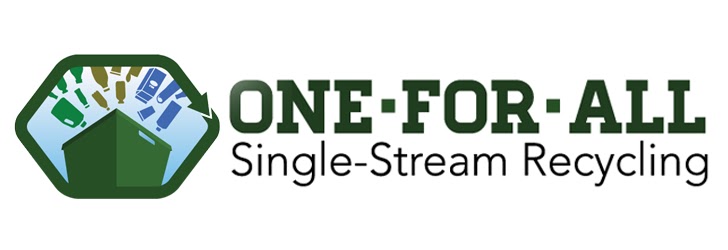
Why Single-Stream?
The single-stream process is a system in which all recyclable materials are placed in one bin (sometimes called eco-mingled) and sorted at the new regional recycling center. This method allows you to recycle more of your daily waste, and it gives you the freedom of putting all of your unbundled, unseparated recyclables into one container. This will make curbside recycling easier and much more convenient.
Who will benefit from this new process?
Our Residents: Simply put: No more separating or sorting. And with the process, a wider range of recyclable materials may be picked up together. Individual collection bins will be available for homeowners, while the county's 27 recycling drop-off sites will also continue to operate.
Our Region: Municipalities and partner counties will, in the long run, save money by paying for disposal of less garbage. By shifting the pickup responsibility from the county to private haulers, those areas will also see a more efficient use of taxpayer funds. Single-stream recycling has also been shown to increase participation rates – with some areas more than doubling their volumes.
Haulers: Efforts to introduce single-stream recycling will give haulers of our region a chance to build and expand their markets. Throughout most of the area, consumers will be able to select the waste hauler that best meets their needs for service.
Our Economy: An expanded recycling program has the potential to create new jobs through collecting and processing, and through creating new products from recycled materials. New jobs mean money spent on goods and services, and increased revenue for state and local governments.
Our Environment: The single-stream process is being implemented to extend the longevity of the landfill, and in the long run, conserve our natural resources. Studies have shown that by using more recycled materials in manufacturing, we can reduce global warming pollution by as much as 276 million metric tons in the next 20 years – an amount equal to the emissions of more than 70 coal-fired power plants or around 50 million cars.